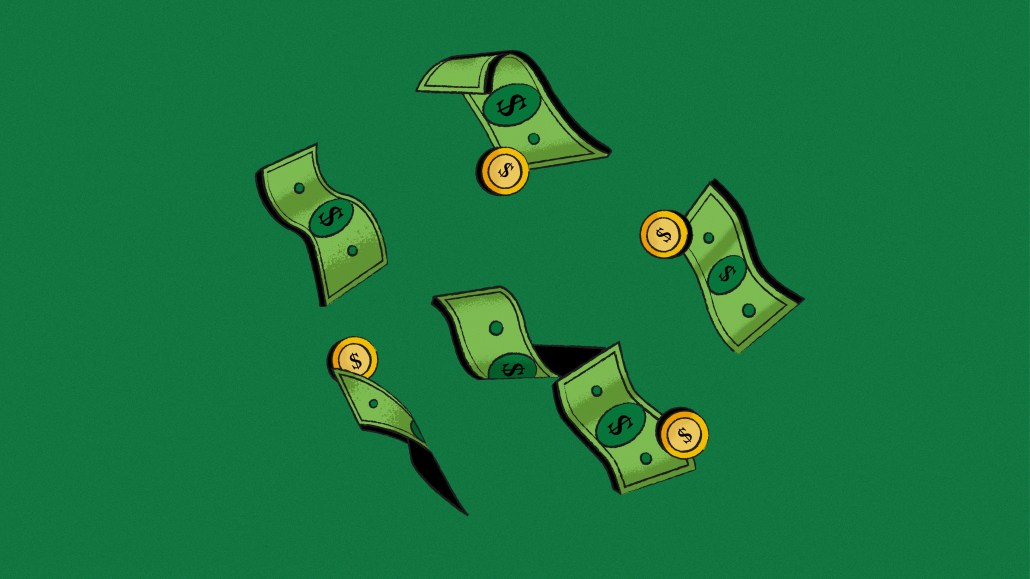Amazon’s second Prime Day sale brings mixed results for publishers

Back in July, many publishers saw record sales from Amazon Prime Day compared to previous years — but they didn’t see the same success with Amazon’s second Prime Day event held last week.
The event faced uphill challenges: it was the e-commerce giant’s first go at hosting two Prime Day events in one year and came at a particularly uncertain time in the economy as the retail giant tried to establish an early kickoff to the holiday shopping season.
Over 100 million products were sold during the 48-hour Prime Early Access Sale, according to Amazon, which did not immediately respond for a request for comment on how many media partners it secured to participate in the event. But Amazon’s summer Prime Day sales event sold three times more items between July 12 and July 13. Some analysts were not impressed by the event.
Publishers can make money from Amazon through its affiliate program, in which they take a commission from sales driven through links and ads on their sites. Commission rates differ based on the product category.
Publishers that took part in both Prime Day sales events, including Leaf Group and USA Today Networks’ Reviewed, told Digiday the day garnered fewer sales than previous Prime Days. But they can be pivotal days for sales on their commerce websites.
Prime Day usually draws over 5x the average daily revenue from Amazon sales, said Eve Epstein, svp and gm at Leaf Group property Hunker. The early access sale was “more in line with 2-3x, although the data is not finalized,” she said, without providing raw revenue figures and traffic stats.
“It was not as huge for us, but there was no reason to suppose that it would be,” said Epstein, citing the fact that this was the first time Amazon has put on this second Prime Day event. “It takes more than one time to cement that in people’s minds and to become such a huge moment.”
Amazon’s sale performed “better than expected” for USA Today Networks’ Reviewed site, according to its gm Chris Lloyd. While he declined to share figures on traffic and sales, he said total audience, sales and products ordered were “higher than we had expected.”
“It’s gotten us off to a very strong start for Q4,” he said. However, total sales were “smaller” compared to July’s event, with fewer deals on specific products, Lloyd said.
“Because it was the first year of doing this, we didn’t expect it to be at the same level necessarily as the traditional Prime Day,” Lloyd said. “We did not expect the same results.”
Employees at two large digital publishing companies that are part of Amazon’s affiliate program said the sales event was a bit disappointing in comparison to July’s Prime Day. They declined to be named to protect their relationships with Amazon.
One factor behind the drop-off may be that the deals offered during the most recent Prime Day event weren’t as attractive as the one in July. The team at The New York Times’ product recommendation site Wirecutter scanned almost 20,000 Prime Day deals, and determined that only 300 were worth highlighting on its site, which is 50% to 60% fewer deals than were deemed worth highlighting in July, said Wirecutter’s Deals editor Nathan Burrow.
Sales on items recommended by Wirecutter in some categories were disappointing, he said, such as stick vacuums, stand mixers, small kitchen appliances and board games. However, deals on tech products from Apple, Google and Peloton were notable, according to Burrow. He declined to share how traffic and sales compared to Prime Day in July. “Our data people tell me that we did get a lot of reader interest and traffic,” Burrow said.
More in Media

YouTube is under fire again, this time over child protection
Adalytics Research asks, ‘Are YouTube advertisers inadvertently harvesting data from millions of children?’

Media Briefing: Publishers pump up per-subscriber revenue amid ad revenue declines
Publishers’ Q2 earnings reveal digital advertising is still in a tight spot, but digital subscriptions are picking up steam.

Lessons for AI from the ad-tech era: ‘We’re living in a memory-less world’
Experts reflect how the failures of social media and online advertising can help the industry improve the next era of innovation.
Ad position: web_bfu



